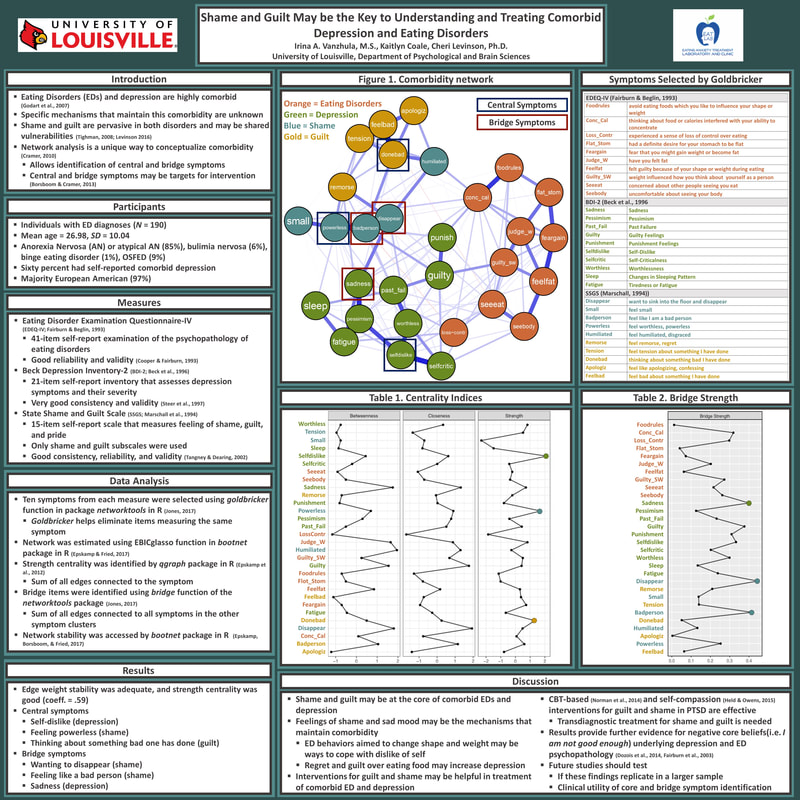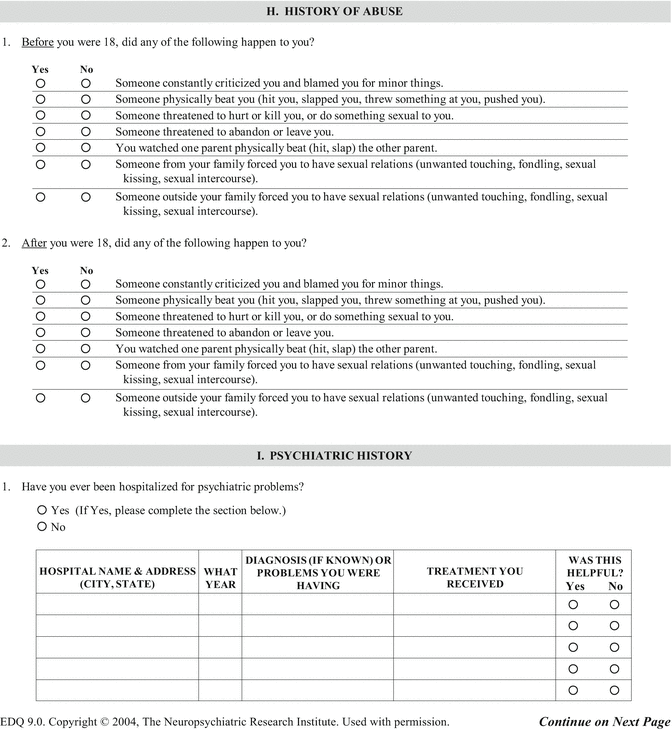

Psychotherapie, Deutsches Kollegium für Psychosomatische Statistik für Human- und Sozialwissenschaftler.ĭeutsche Gesellschaft für Psychosomatische Medizin und

Skalen zur Erfassung von Essstörungen im Kindes- undġ64–186. First citation in article Google ScholarĪmerican Psychiatric Association ( 2006). First citation in article Crossref, Google ScholarĪmerican Psychiatric Association ( 2000).

Psychologische Diagnostik und Intervention. The presented normative data of children and adolescents aged 10 to 20 years and the psychometric analysis we reported elsewhere ( Salbach-Andrae et al., 2010) allow international gender-specific and age-specific (for female samples) comparisons. Results indicate that female patients with AN display higher scores on most of the EDI-2 subscales (except bulimia, maturity fears, and impulse regulation) and on the EDI-2 total score than female healthy controls. Additionally preliminary results of 66 patients with AN (Mean age = 16.2, SD = 1.7) and 22 patients with BN (Mean age = 16.8, SD = 1.5) are presented. To enhance the clinical and research utility of the EDI-2 for children and adolescents, we report normative data among 1,754 German participants aged 10 to 20 years (Mean age = 15.8, SD = 1.7). The Eating Disorder Inventory-2 (EDI-2 Paul & Thiel, 2005) is a multidimensional psychometric self-report instrument for assessing disordered eating behavior and associated psychological characteristics among patients with anorexia (AN) and bulimia nervosa (BN). Unabhängig von der Antwortversion können interna-tionale Vergleiche anhand geschlechtsspezifischer (und für weibliche Stichproben altersspezifischer) Normen vorgenommen werden.Įating Disorder Inventory (EDI-2): Normative data among 10 to 20 year old German girls and boysĪbstract.

Die hier vorgestellten Normen für Kinder und Jugendliche sowie eine bereits vorgenommene psychometrische Evaluation ( Salbach-Andrae et al., 2010) ermöglichen zukünftig den Einsatz des EDI-2 in dieser Altersgruppe. Zusätzlich werden erste geschlechtsspezifische Werte für 66 Patientinnen mit AN ( M Alter = 16.2, SD = 1.7) und 22 Patientinnen mit BN ( M Alter = 16.8, SD = 1.5) beschrieben. In der vorliegenden Arbeit wird über die bisher noch fehlende Normierung an einer deutschen nicht-klinischen Stichprobe von 1754 SchülerInnen im Alter von 10 bis 20 Jahren ( M Alter = 15.8, SD = 1.7) berichtet. Das Eating Disorder Inventory-2 (EDI-2 Paul & Thiel, 2005) ist ein mehrdimensionales psychometrisches Selbstberichtsinstrument zur Erfassung pathologischen Essverhaltens und anderer für Anorexia nervosa (AN) und Bulimia nervosa (BN) relevanter psychopathologischer Variablen bei Erwachsenen.


 0 kommentar(er)
0 kommentar(er)
